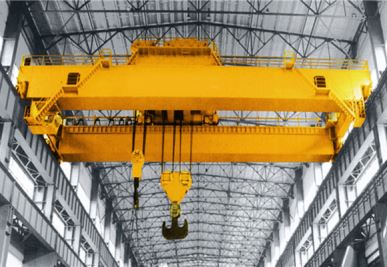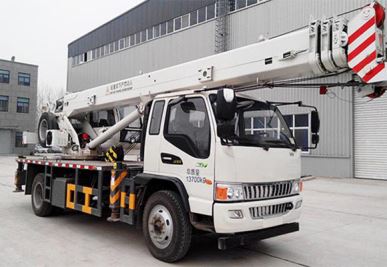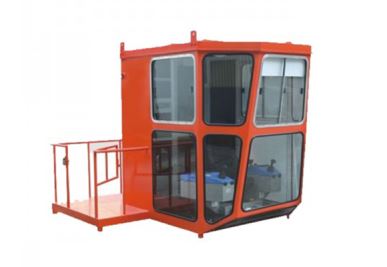Casting cranes are the main equipment in the steelmaking process. They are used in steelmaking workshops to transport molten steel or molten iron and work in harsh environments with high temperatures and dust. With the development of the steelmaking process, the use of casting cranes has become more and more frequent. Because the molten metal is being lifted, it is required that the work of the casting crane must be safe and reliable, and even in the case of some components being damaged, it must be ensured that no tipping or falling accident occurs. In order to ensure that the steelmaking production can be continuously carried out, the structure of the casting crane is also required to be simple and quick to repair.

With the increase of capacity of steelmaking furnaces, the lifting weight of foundry cranes is also increasing. According to the different requirements of users, the casting crane has double-beam double-track type, double-beam four-track type, four-beam four-track type and four-beam six-track type. Double-beam double-track and double-beam four-track type are used for small tonnage casting cranes, four-beam four-track type is used for large-tonnage cranes, and four-beam six-track type is used for extra-large tonnage cranes. The general casting crane consists of the following components: electric drive and electrical control system, main trolley, cart running mechanism, bridge rack, sub-car, gantry hook and so on. In addition, with the development of technology and changes in the steelmaking process, the crane model is constantly changing.









